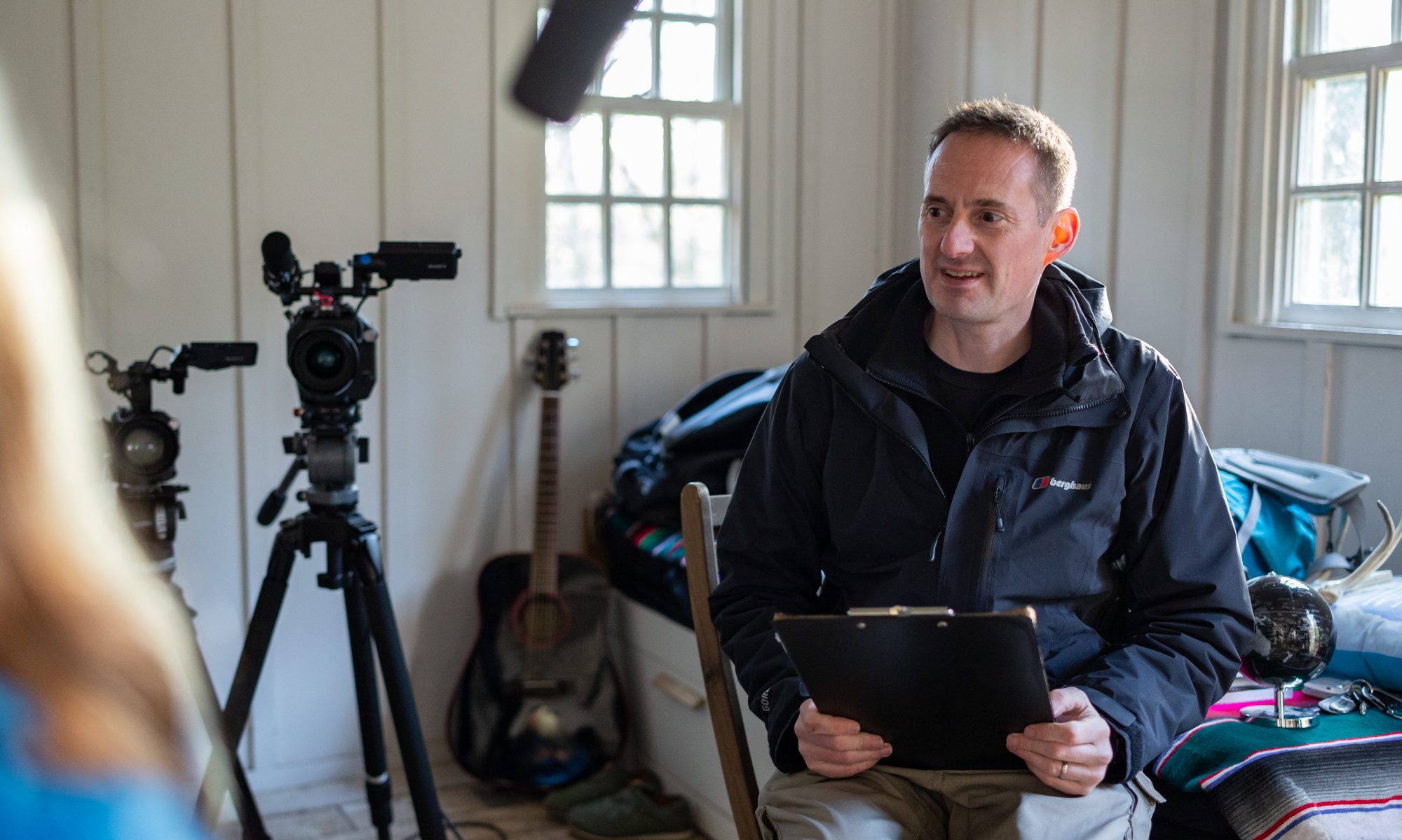For Computer Weekly I am writing two linked articles on DR. The first is a top level overview on disaster recovery planning. The second looks more deeply at Disaster Recovery as a Service – a market analysts say is growing rapidly, and could soon outstrip conventional DR tools.
Essentials of disaster recovery planning
This article will cover the key points organisations need to consider when developing a disaster recovery plan. This will include:
Identifying the risks to of the organisation – this is about more than just IT. It will include physical, human and (cyber) security risks.
Identifying the key components of the IT system and the potential damage downtime or failure could mean to the organisation.
Determining RTOs and RPOs for each component of the IT system.
Developing a response strategy, which can comprise elements that range from premises and people to technology.
How disaster recovery can be provisioned in house, off site and in the cloud
Maintaining the DR plan. How is the plan validated, tested and updated?
Key DRaaS options
This is a drill-down into the key as-a-service options available for DR.
Why is DRaaS changing and how is the cloud influencing this?
What are the key features of:
- managed,
- assisted,
- and self-service DR options
How does each work in terms of infrastructure, data transfer, and recovery etc and which types of use cases, size of organisation etc they are best suited to?
Finally, the piece might add pointers to help IT directors choose the right provision for their business.
Deadlines:
Customer case studies, research reports, technical information and white papers only please for these articles. For the Essentials, the deadline is 1700hrs, London time, Friday 15th November. For DRaaS, the deadline is 1700hrs, London time, Thursday 21st November. Please send information by by email in the first instance.

